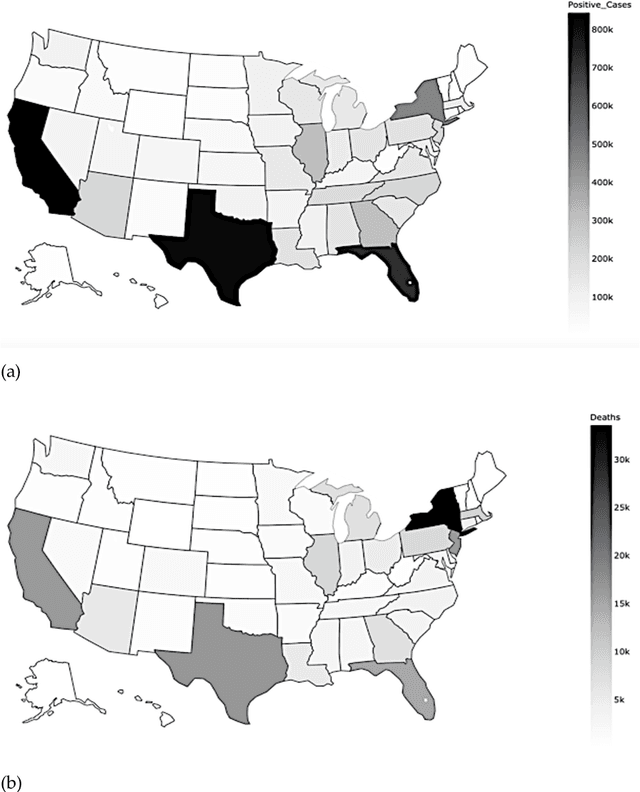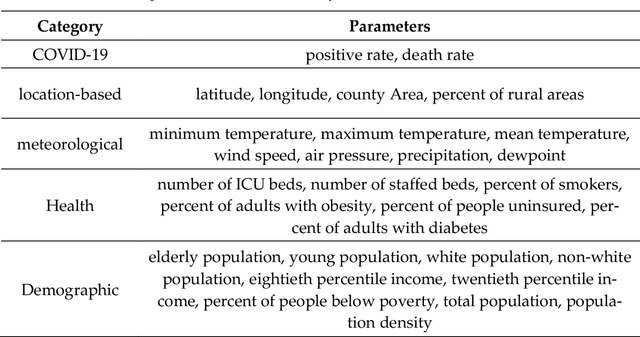Madhav Erraguntla
FedGlu: A personalized federated learning-based glucose forecasting algorithm for improved performance in glycemic excursion regions
Aug 25, 2024Abstract:Continuous glucose monitoring (CGM) devices provide real-time glucose monitoring and timely alerts for glycemic excursions, improving glycemic control among patients with diabetes. However, identifying rare events like hypoglycemia and hyperglycemia remain challenging due to their infrequency. Moreover, limited access to sensitive patient data hampers the development of robust machine learning models. Our objective is to accurately predict glycemic excursions while addressing data privacy concerns. To tackle excursion prediction, we propose a novel Hypo-Hyper (HH) loss function, which significantly improves performance in the glycemic excursion regions. The HH loss function demonstrates a 46% improvement over mean-squared error (MSE) loss across 125 patients. To address privacy concerns, we propose FedGlu, a machine learning model trained in a federated learning (FL) framework. FL allows collaborative learning without sharing sensitive data by training models locally and sharing only model parameters across other patients. FedGlu achieves a 35% superior glycemic excursion detection rate compared to local models. This improvement translates to enhanced performance in predicting both, hypoglycemia and hyperglycemia, for 105 out of 125 patients. These results underscore the effectiveness of the proposed HH loss function in augmenting the predictive capabilities of glucose predictions. Moreover, implementing models within a federated learning framework not only ensures better predictive capabilities but also safeguards sensitive data concurrently.
Factors affecting the COVID-19 risk in the US counties: an innovative approach by combining unsupervised and supervised learning
Jun 24, 2021



Abstract:The COVID-19 disease spreads swiftly, and nearly three months after the first positive case was confirmed in China, Coronavirus started to spread all over the United States. Some states and counties reported high number of positive cases and deaths, while some reported lower COVID-19 related cases and mortality. In this paper, the factors that could affect the risk of COVID-19 infection and mortality were analyzed in county level. An innovative method by using K-means clustering and several classification models is utilized to determine the most critical factors. Results showed that mean temperature, percent of people below poverty, percent of adults with obesity, air pressure, population density, wind speed, longitude, and percent of uninsured people were the most significant attributes
 Add to Chrome
Add to Chrome Add to Firefox
Add to Firefox Add to Edge
Add to Edge